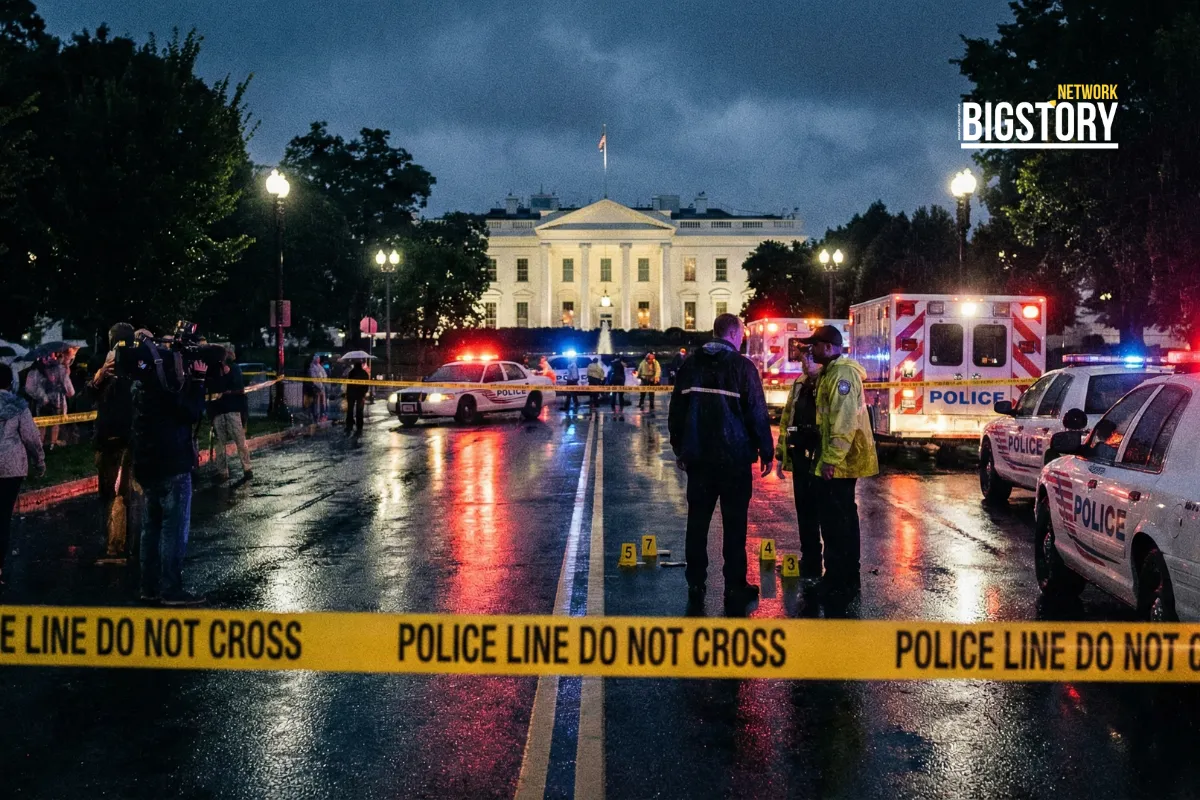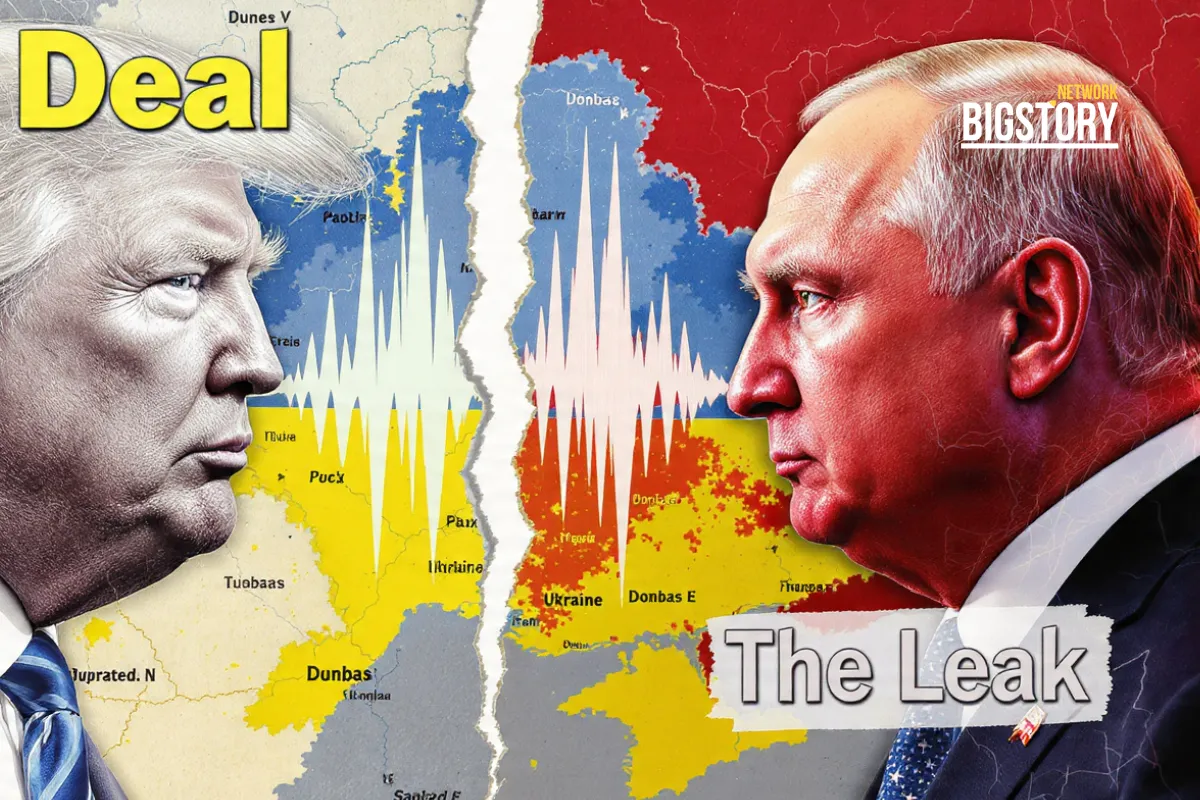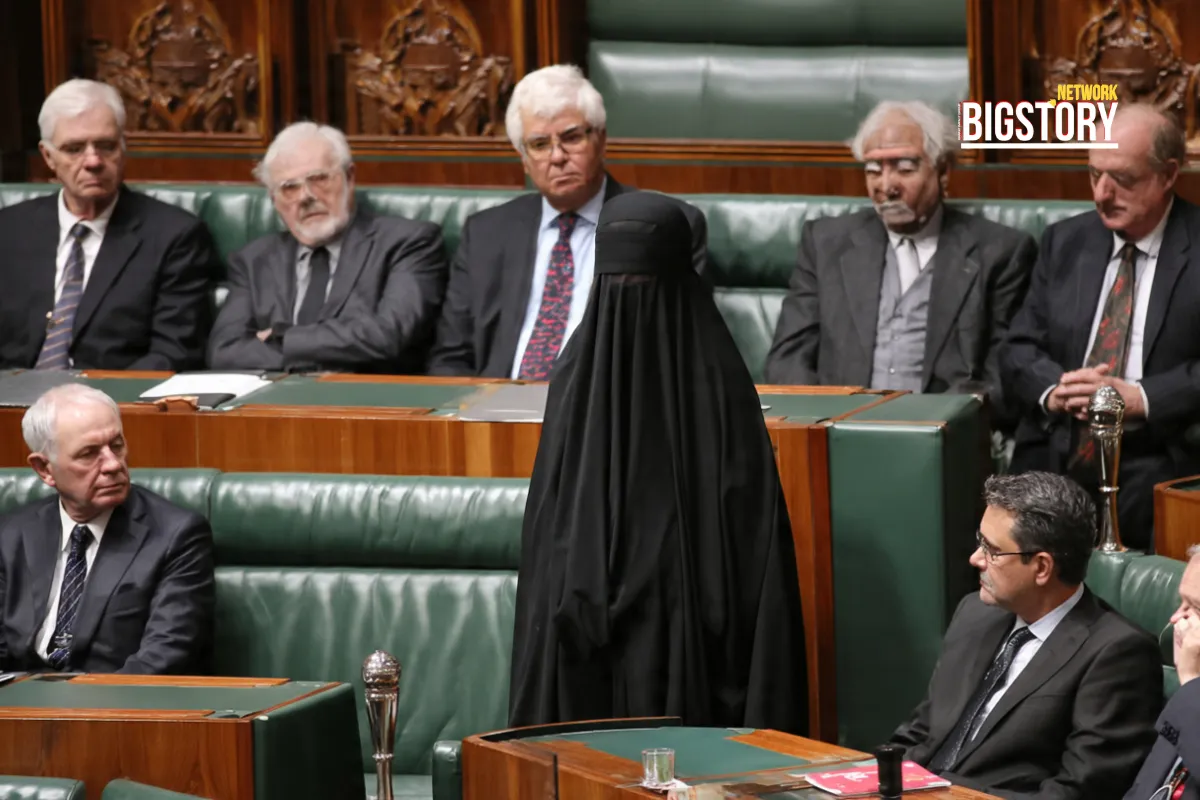Hamas releases all 20 living Israeli hostages as Israel frees 2,000 Palestinian prisoners under Trump’s historic Gaza ceasefire agreement. Complete coverage.
 Sseema Giill
Sseema Giill
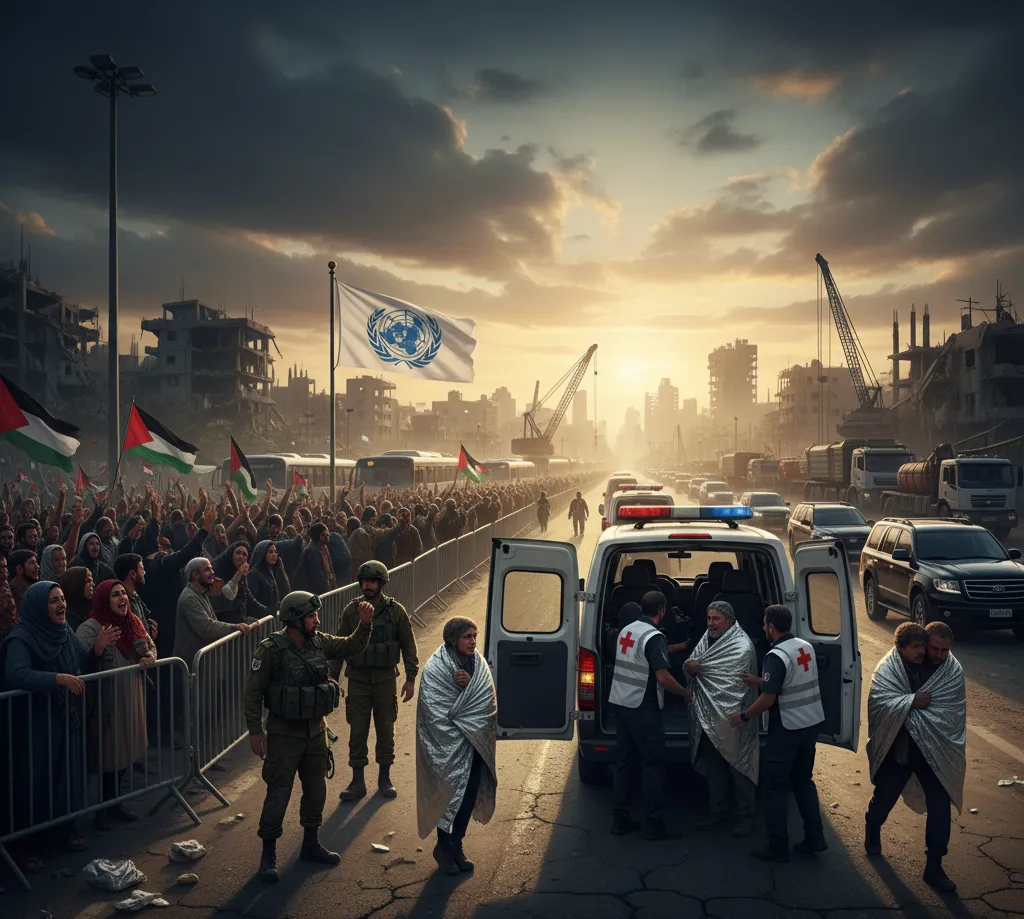
In a moment that could reshape the trajectory of the Middle East conflict, Hamas released all 20 remaining living Israeli hostages on Monday, marking the official implementation of the first phase of a historic ceasefire agreement brokered by U.S. President Donald Trump. The exchange saw Israel simultaneously free nearly 2,000 Palestinian prisoners, making it one of the largest swaps in decades.
Hamas transferred the hostages to the International Red Cross in two carefully coordinated handovers:
Among those released were civilians and soldiers taken during the October 7, 2023 Hamas assault, including the twin brothers Gali and Ziv Berman. Israeli forces received the hostages inside Gaza before transporting them to Re’im military base for medical evaluation and reunions with their families.
In parallel, Israel began freeing 2,000 Palestinian prisoners, including 250 serving life sentences and 1,700 held without charge. Buses carrying the released prisoners entered the West Bank and Gaza to scenes of celebration.
The releases took place exactly 738 days after the hostages were captured during Hamas’s surprise cross-border attack that killed approximately 1,200 Israelis and triggered the devastating two-year war in Gaza. The conflict has left more than 67,000 Palestinians dead and much of Gaza reduced to rubble.
The ceasefire is the centerpiece of Trump’s 20-point Gaza peace plan, announced September 29 and enforced with an ultimatum to Hamas on October 3. Under intense diplomatic and military pressure, Hamas agreed to surrender hostages in exchange for prisoner releases and guarantees of sustained humanitarian aid.
President Trump, who personally traveled to Israel to witness the handover, declared at the Knesset:
“This is the historic dawn of a new Middle East. The war in Gaza is over.”
Vice President JD Vance added, “These hostages are going to live their lives thanks to what the United States of America did.”
Prime Minister Benjamin Netanyahu called it “a significant day for Israel,” expressing gratitude to Trump and his administration. President Isaac Herzog posted on X, “We are waiting for everyone — every last one.”
Mahmoud Abbas said the agreement should be a “precursor to a lasting political resolution and the formation of a sovereign Palestinian state.”
Hamas described the negotiations as “responsible and serious,” warning Israel to “fully adhere to its commitments.”
UN Secretary-General António Guterres called the deal “a significant opportunity,” while Egypt’s President Abdel Fattah al-Sisi declared “the world is witnessing a historic moment.” Turkish President Erdogan and Qatar also praised Trump’s mediation, framing the deal as a step toward long-term stability.
The ceasefire immediately unlocked massive humanitarian aid flows into Gaza.
The agreement also lays out a framework for Gaza’s reconstruction, backed by expected financial commitments from Arab nations. U.S. officials have signaled the return of the two-state solution to the center of Washington’s Middle East policy.
The ceasefire deal, formalized through the Trump Declaration for Enduring Peace and Prosperity, was signed by the U.S., Egypt, Qatar, and Turkey. These nations will act as guarantors of the ceasefire, monitoring compliance and supporting stabilization efforts.
Trump’s strategy — hard deadlines, intense pressure, and direct negotiation — is being hailed as a diplomatic victory. Israeli lawmakers have already endorsed his nomination for the 2026 Nobel Peace Prize.
Still, significant hurdles remain. Hamas’s disarmament, the deployment of an international stabilization force, and Gaza’s future governance are unresolved and will be addressed in later negotiation phases.
Emotional scenes played out across Israel and the Palestinian territories. In Tel Aviv’s Hostages Square, thousands gathered to welcome freed hostages. In Ramallah and Rafah, families greeted returning prisoners with flags, songs, and tears.
For the first time in two years, guns have fallen silent in Gaza. Whether this fragile calm can withstand political, military, and ideological pressures will determine if October 13, 2025, becomes a footnote in the cycle of conflict—or the day the page truly turned.

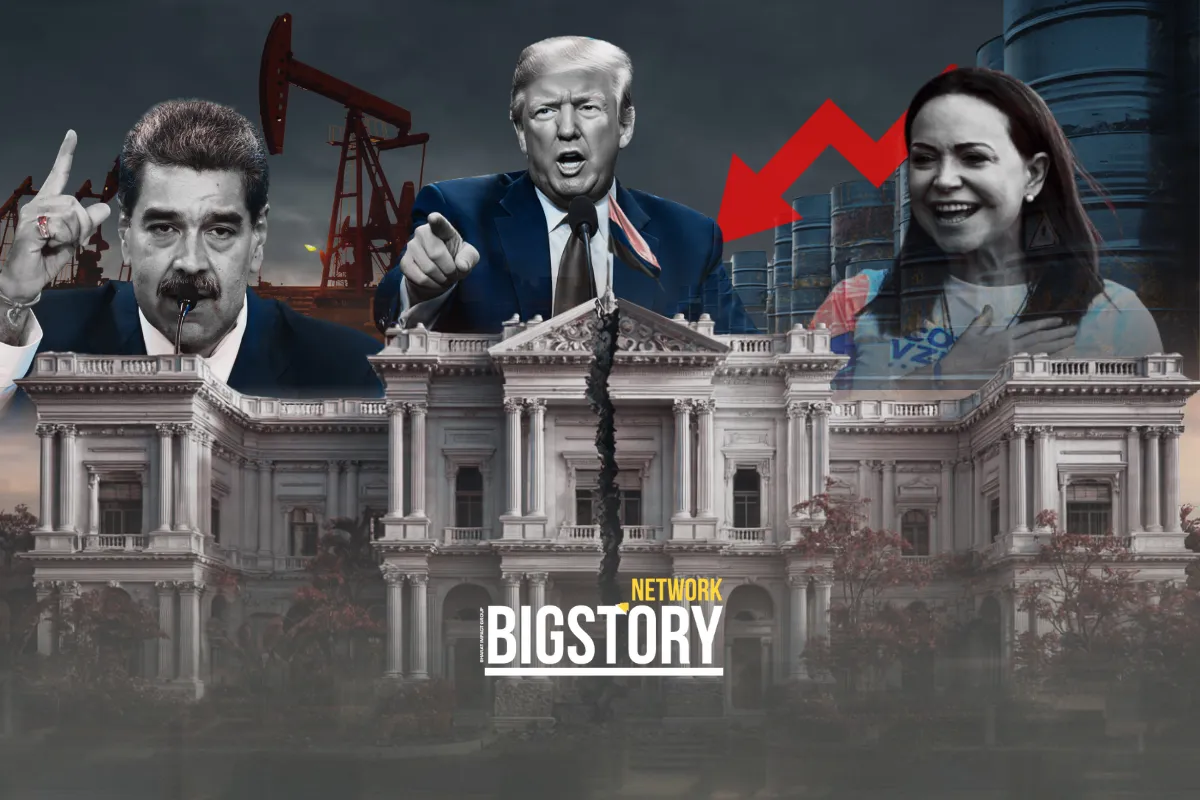



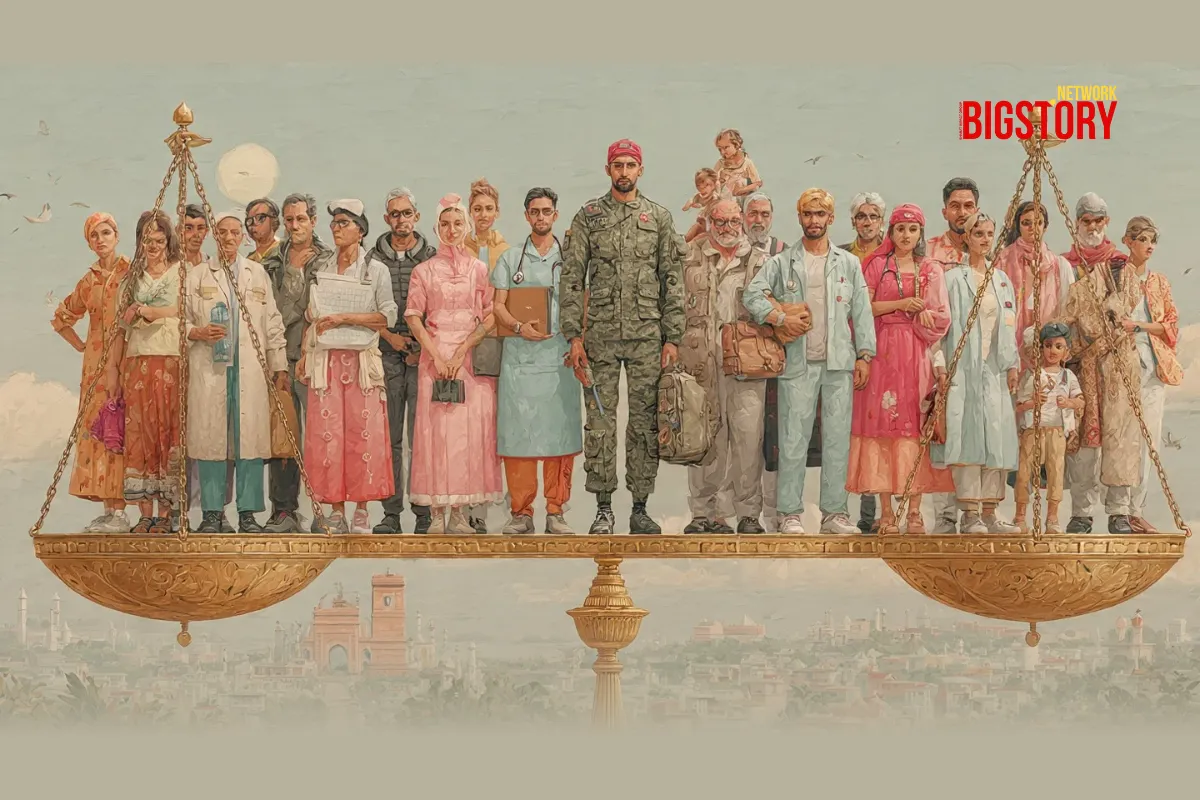
Sign up for the Daily newsletter to get your biggest stories, handpicked for you each day.
 Trending Now! in last 24hrs
Trending Now! in last 24hrs
